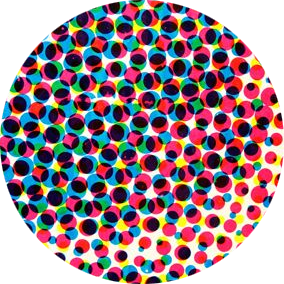Jessica Jones as a “Woman Who Looks”

Because Western culture has historically privileged the male gaze, the act of looking can be gendered. As John Berger famously said of Western art, “Men act and women appear.” But “Alias” deliberately—and self-reflexively—foregrounds a woman who looks. #JessicaJones 1/11




Historically, women have often been punished for looking. This is a staple of film noir & horror and persists in films like “Silence of the Lambs,” where threats of gendered violence make the strong female protagonist subject to a controlling gaze even as she assumes one. 5/11

Jessica is also subject to the threat of sexual violence: through her history with the Purple Man (which we’ll discuss in more depth in other threads), scenes where she’s subject to gendered insults, and in a scene from Alias #5, where Marko directly threatens her. 6/11

Importantly, though, Jessica isn’t sexually objectified in moments where she’s threatened. As such, the threats are not titillating. Gaydos keeps us focused on Jessica’s face and thus her subjectivity. We are encouraged to share and empathize with her experience. 7/11

But even when we’re encouraged to look through/with Jessica, we’re looking at her. In a visual medium, this is somewhat inevitable. Yet comics are equipped to interrogate the symbolic & practical conditions of looking. In her book “Graphic Women,” Hillary Chute argues… 8/11

…comics are well-suited to staging self-reflexive commentaries on women’s status as “both looking and looked-at subjects.” Comics’ ability to “re-view” the world can “productively point to the female subject as both an object of looking and a creator of looking and sight.” 9/11

Chute is discussing autobiographical texts by women, but her insights could apply to Jessica. Despite being a fictional woman written & drawn by men, Jessica is imbued with the ability to manipulate the readers’ access to certain parts or perspectives of her mind and body. 10/11

Through her status as a private investigator and through stylistic choices that expose her subjectivity yet protect her privacy, Jessica Jones is literally and symbolically pictured as a “woman who looks”—at the world and, potentially, back at the readers. 11/11
